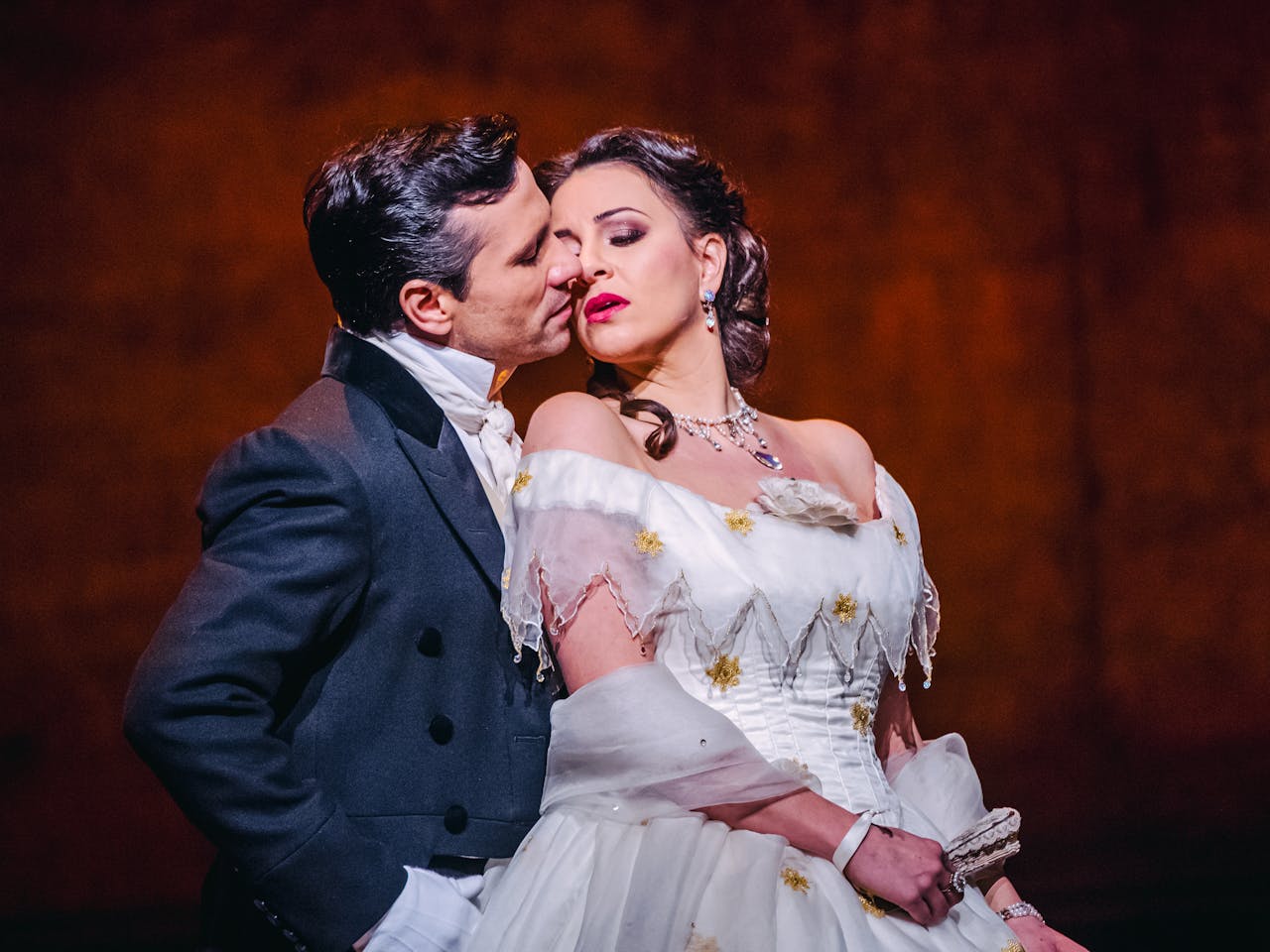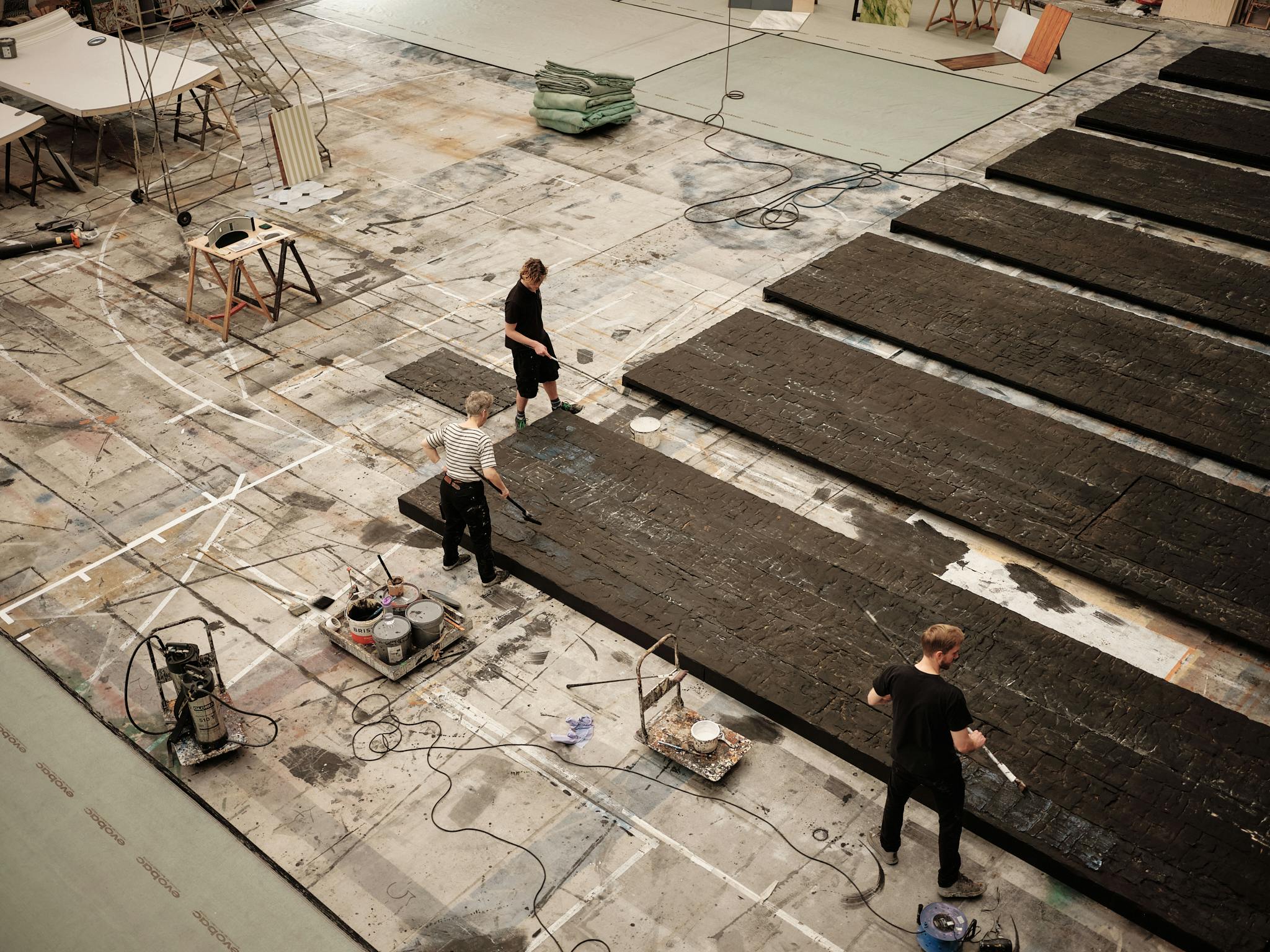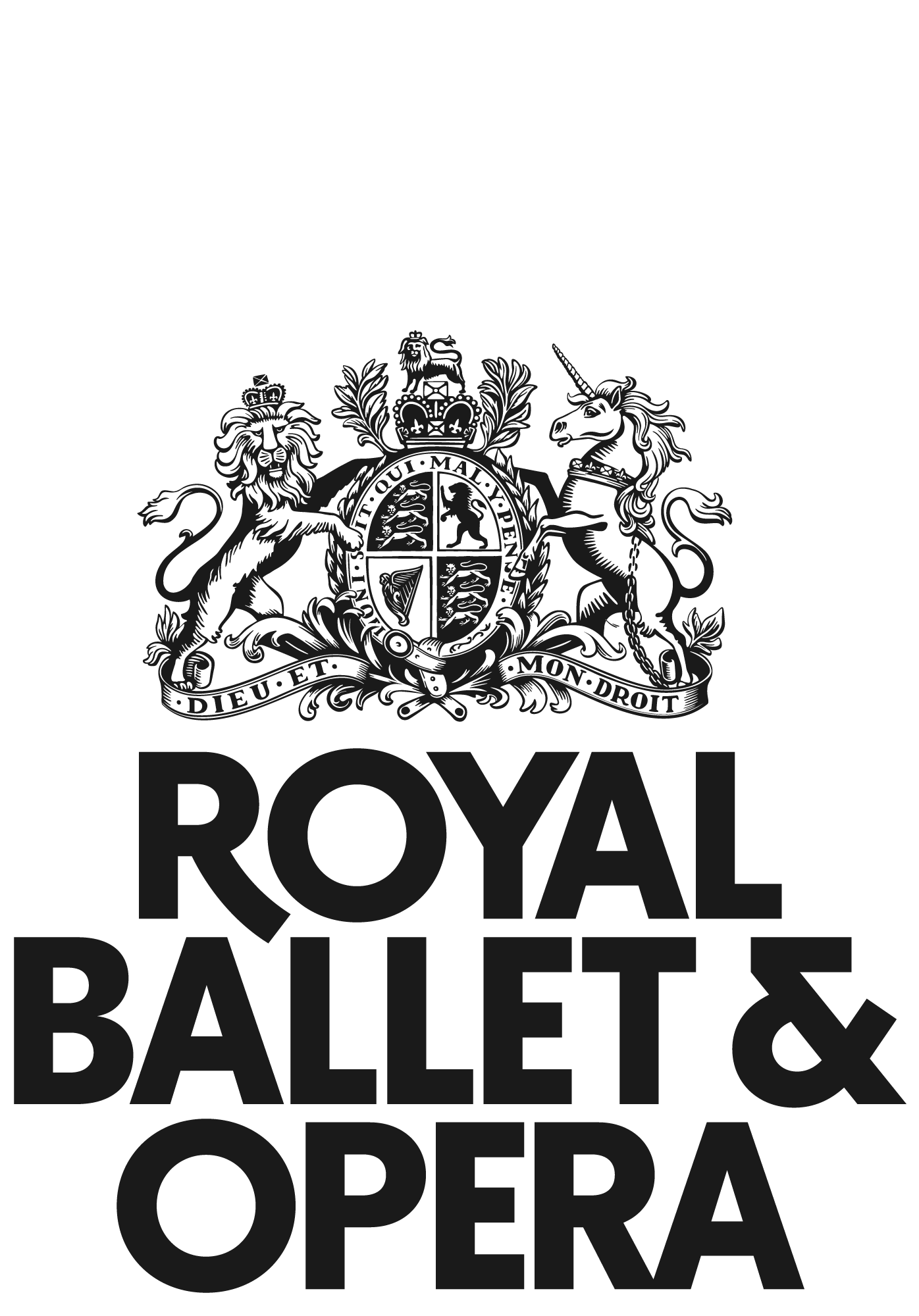La traviata
La traviata
La traviata
Live and love, to the last breath.

Heart-rending arias meet harsh realities in this captivating story. Experience the devastating beauty of Verdi’s music in some of opera’s most famous tunes.
Heart-rending arias meet harsh realities in this captivating story. Experience the devastating beauty of Verdi’s music in some of opera’s most famous tunes.
Royal Ballet and Opera Principal Julia Rausing Trust

Professor Paul Cartledge and Judith Portrait OBE
A Timeless Classic

At one of her lavish parties, the celebrated Parisian courtesan Violetta is introduced to Alfredo Germont. She has just returned to public life following a period of illness, and is touched by Alfredo’s concern. The two instantly fall in love, and Alfredo asks Violetta to join him in the countryside. Though hesitant to leave behind her life of luxury and freedom, she agrees, following her heart. After three months of living with Alfredo, Violetta, alone at the house, receives an unexpected visit from his father, Giorgio Germont, who persuades her to give up Alfredo to save the Germont family from scandal. Though heartbroken at the thought of leaving Alfredo, Violetta eventually agrees. Rather than return to his family home, Alfredo follows Violetta to Paris. But when he finds her with her former protector Baron Douphol, tensions erupt. With Violetta’s health increasingly fragile, will it be too late for Alfredo to make amends?
To find out more about the production, including key plot points and background information: read our La traviata Opera Essentials page.
Background
A moving story about a woman in love that features one of opera’s most famous melodies (the ‘Brindisi’ chorus), La traviata is perfect for first-timers and a favourite among regular opera-goers. Antonello Manacorda and Giacomo Sagripanti conduct three starry casts headlined by Ermonela Jaho, Pretty Yende and Rachel Willis-Sørensen. In director Richard Eyre’s world of seductive grandeur, the tender and devastating beauty at the centre of Verdi’s opera shines bright.
A star role
La traviata (literally: she who has strayed – tra – from the path - via) is inspired by the life and death of the real-life Parisian courtesan Marie Duplessis, about whom Alexandre Dumas fils wrote a novel and play: La Dame aux camélias. Verdi offers a complex and sympathetic portrayal of the heroine, highlighting Violetta's noble nature and her devotion to Alfredo. Initially, La traviata had a lukewarm reception after its 1853 Venice premiere, but after Verdi revised the work in 1854, it became enormously successful. It is currently the most performed opera in the world, and the role of Violetta a favourite for many star sopranos.
Intoxicating Music
Verdi's sublime score contains some of his most inspired arias and duets, including Violetta's introspective 'Ah fors'è lui' (Could it be him) as she contemplates falling in love, before celebrating her independence in the spectacular ‘Sempre libera' (I must always be free). The 'Brindisi' chorus (also known as the Drinking Song) on the other hand, celebrates love and life through a rousing waltz between the flirtatious Violetta and Alfredo.
Cast and Creatives
Cast
The cast of this production may vary depending on performance date. Go to cast and dates to see these.
Creatives
Reviews

Access
There is lift access and step-free routes to over 100 seats in the Stalls Circle, Balcony and Amphitheatre. There are 10 steps or fewer to some seats in the Stalls Circle, Balcony, Amphitheatre and the Donald Gordon Grand Tier. All seats in the Orchestra stalls are accessed by 9 steps or more. A handheld bell is rung by Front of House staff to signal guests to take their seats before a performance. The bell is loud and can be startling. The bell is rung approximately ten minutes before the show starts and at each interval.
We have an assistive listening system available to use.
From 14 January, all performances will include Audio Description.
There will be an Audio Described performance with a Touch Tour on 14 January 2026. Touch Tours must be booked by contacting boxoffice@roh.org.uk for tickets.
There will be a British Sign Language interpreted, Audio Described and Captioned performance on 11 February 2026.
Join our Access Scheme for priority access performance tickets and to personalise your account for your access requirements.
See our Accessibility page for more information on access at the Royal Opera House.

Donate
The Royal Ballet and Opera is a charity and relies on your support. No matter the size, every gift is critical to our work and helps us to secure the future of ballet and opera.
Your donation will enable us to keep extraordinary work on our stages, inspire the next generation and support the Royal Ballet and Opera's community of artists, technicians and craftspeople.
For people, not profit. Making world class ballet and opera for everyone.
Royal Opera House Covent Garden Foundation, a charitable company limited by guarantee incorporated in England and Wales (Company number 480523) Charity Registered (Number 211775)
